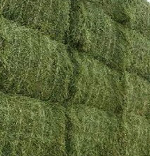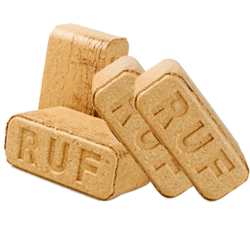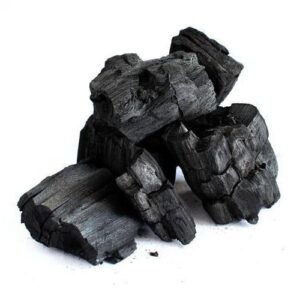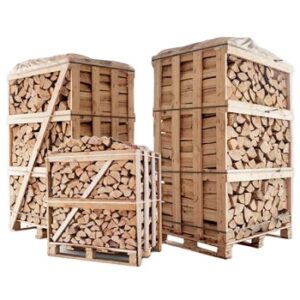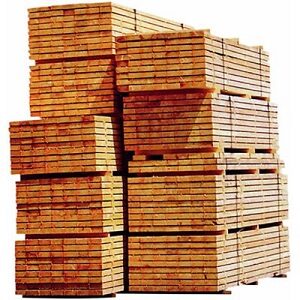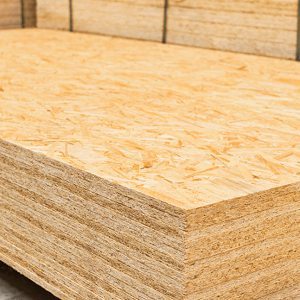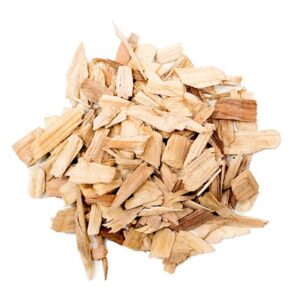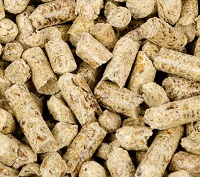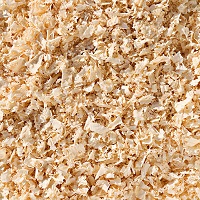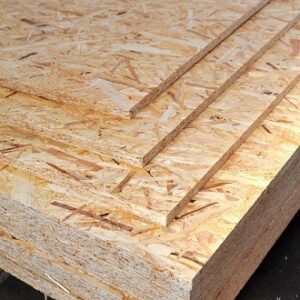OSB wood panel
OSB Wood Panels Panel
When it comes to versatile and cost-effective building materials, OSB wood panels stand out as a popular choice in construction and remodeling projects. OSB, short for Oriented Strand Board, is a structural panel made from wood strands or flakes bonded together with adhesive resins. In this article, we’ll delve into the world of OSB wood panels, exploring their characteristics, uses, advantages, and considerations.
**1. OSB Wood Panel Composition
OSB wood panels are engineered from wood strands or flakes that are arranged in layers or mats. These strands are typically sourced from fast-growing, sustainable wood species, such as aspen or southern yellow pine. The strands are then combined with adhesive resins, such as phenol-formaldehyde or isocyanate, under heat and pressure to form solid, durable panels.
**2. Structural Strength
One of the primary advantages of OSB wood panels is their exceptional structural strength. These panels are renowned for their load-bearing capacity, making them suitable for various applications in residential, commercial, and industrial construction. Whether used as sheathing for walls and roofs, subflooring, or underlayment, OSB panels provide robust support for buildings.
**3. Cost-Effective Choice
OSB wood panels are often more budget-friendly than alternative materials, such as plywood. This affordability makes them a cost-effective option for builders and homeowners looking to maximize their construction budget. Despite their lower cost, OSB panels offer reliable performance and durability.
**4. Versatility in Construction
OSB wood panels are incredibly versatile in construction. They come in various thicknesses and dimensions, making them adaptable to different building needs. Some common applications include:
- Wall Sheathing: OSB panels are frequently used as sheathing for exterior walls. They provide a sturdy and stable surface for siding installation, improving the overall structural integrity of a building.
- Roof Decking: OSB panels can serve as roof decking, providing a solid base for roofing materials. Their dimensional stability ensures that they can withstand the elements, even during the construction phase.
- Subflooring: OSB panels make excellent subflooring materials. They provide a level surface for finished flooring while contributing to the overall structural strength of the building.
- Interior Wall and Ceiling Sheathing: In some construction applications, OSB panels are used for interior wall and ceiling sheathing due to their affordability and ease of installation.
**5. Moisture Resistance
While OSB panels are not naturally moisture-resistant, they can be manufactured with enhanced water resistance through the use of special additives and treatments. This moisture resistance is particularly useful in areas prone to high humidity, such as bathrooms or kitchens, where moisture can compromise the structural integrity of traditional materials like particleboard.
**6. Sustainability Considerations
OSB wood panels are often regarded as an environmentally friendly choice due to several factors:
- Utilization of Fast-Growing Wood Species: OSB production primarily relies on fast-growing wood species, reducing the pressure on old-growth forests and promoting sustainable forestry practices.
- Waste Reduction: OSB manufacturing processes often utilize wood residues and byproducts from the lumber industry. This reduces waste and maximizes the use of timber resources.
- Energy Efficiency: The production of OSB panels typically consumes less energy compared to other wood products like plywood, further contributing to their environmental appeal.
**7. Ease of Installation
OSB panels are relatively lightweight and easy to handle, making them a preferred choice for builders and contractors. Their ease of installation can lead to quicker construction timelines and reduced labor costs.
**8. Drawbacks and Considerations
While OSB wood panels offer numerous advantages, there are some considerations to keep in mind:
- Moisture Sensitivity: OSB panels can be susceptible to moisture damage if not properly protected or maintained. Proper installation and the application of weather-resistant barriers are essential in areas prone to moisture infiltration.
- Limited Aesthetics: OSB panels are not typically used as visible finishes because their appearance is not as aesthetically pleasing as other materials like plywood.
- Exposure to Extreme Conditions: Prolonged exposure to extreme weather conditions, such as constant high humidity, can affect the performance of OSB panels. Proper sealing and finishing are crucial when using OSB in these environments.
- Indoor Air Quality: Some OSB products may emit volatile organic compounds (VOCs), which can impact indoor air quality. Choosing low-VOC or formaldehyde-free OSB products can mitigate this concern.
OSB Wood Panels – A Versatile Building Solution
In the world of construction, OSB wood panels have established themselves as a versatile and cost-effective building solution. Their strength, affordability, and adaptability have made them a popular choice among builders and homeowners alike. While considerations regarding moisture, aesthetics, and indoor air quality exist, proper installation and maintenance can maximize the benefits of OSB panels in various construction applications. Whether used as wall sheathing, roof decking, subflooring, or interior sheathing, OSB panels continue to play a pivotal role in the construction industry, providing stability and reliability to structures of all kinds.
Showing the single result
-
OSB Wood Panel
OSB wood panel
